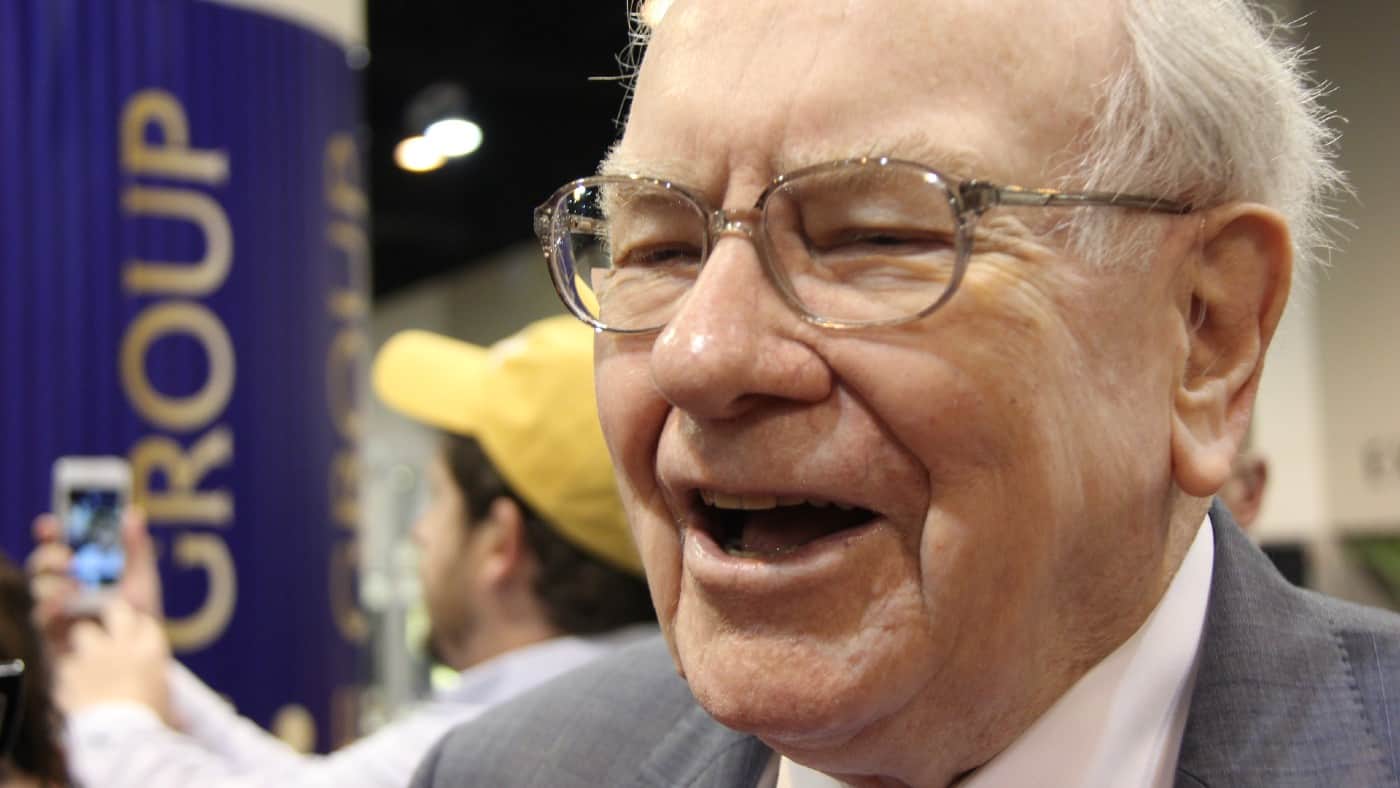Billionaire investor Warren Buffett is considered a legend by many, and for good reason. His near-60-year track record of delivering near-20% in average annualised returns has made him and his shareholders a fortune. And every year investors can get another glimpse into how his portfolio is doing through the Berkshire Hathaway annual letters.
However, the true value of these letters lies in the lessons they teach. Buffett is notorious for explaining how he’s achieved his investing success. And by following in his footsteps, long-term investors can potentially achieve higher returns, boosting wealth and accelerating the journey towards retirement.
Concentrated vs diversified
There are a lot of rules of investing that everyone seems to know. The most common is “buy low, sell high”, but another is to “diversify”. Diversification can be a powerful risk management tool. The idea is to own a wide range of businesses operating in different industries. That way, if one is disrupted, the continued success of others would offset this impact on the overall portfolio.
That certainly sounds like a sensible strategy. And yet Buffett seems to disagree, describing it as “protection against ignorance” and saying it “makes very little sense for anyone that knows what they’re doing”. In fact, looking at the Berkshire Hathaway portfolio it’s far from diversified, with Apple representing more than 50%!
So is diversification bad advice? Not necessarily. Being diversified has proven risk-reduction benefits. However, it also can impede capital growth. After all, if a position were to suddenly double, its impact on the overall portfolio return could be miniscule among hundreds of other stocks.
Buffett’s diversification approach is to take things one company at a time. There are very few businesses that can deliver 20% annualised returns. And rushing to fill a portfolio with 20 or 30+ stocks for the sole sake of being diversified is highly likely to undermine overall performance.
Similarly, selling off part of a winning position just because it’s grown so much that it’s now a large proportion of a portfolio can also impede performance. Providing this growth stems from sustainable sources, selling even when a portfolio is getting concentrated can be a critical mistake. Or as fellow legendary investor Peter Lynch once said: “Selling your winners and holding your losers is like cutting the flowers and watering the weeds” – a quote that Buffett used in his 1988 annual letter.
Quality and price
It’s no secret that Buffett only invests in high-quality enterprises. After all, in the long run, it’s the creation of growth and value of the underlying company that drives up the stock price. However, that doesn’t mean paying for quality at any price.
Buffett is constantly hunting for top-notch businesses to buy. But he’ll never pull the trigger if the price isn’t right and will happily wait years or even decades until the stock price either falls or the underlying company rises. Needless to say, this demands tremendous patience. And in practice, not every investor is capable of this, due to the fear of missing out.
But by consistently underpaying, his portfolio subsequently thrived. And by adopting the same approach, investors could start reaping higher returns. Even if it’s just an extra 1% ahead of the market average, that could cut years off the wealth-building timeline, bringing individuals several steps closer to an earlier retirement.







